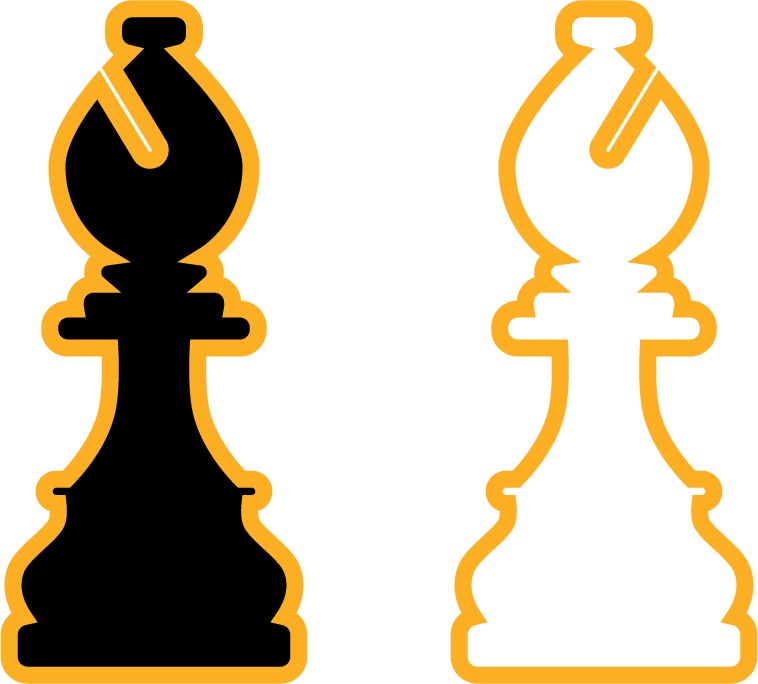Learning how to learn, and enhance your learning ability more. There are many practical techniques in which you can do it. It’s not a secret that we, as humans, excel at learning. Our brains are hardwired to find patterns and make inferences — it’s what we do best. However, while we’re incredibly capable of enhancing our competence in learning, it’s not always easy.
So how can you learn more? It’s not about finding the time for study or cramming your poor memory full of more facts, or putting extra time into memory techniques. In fact, these techniques often backfire. Instead, it would help if you was learning how to learn, change your learning style or learning process, learning modes, learning outcomes, learning experiences, and avoid the illusions of learning and the illusions of competence.
Here are some insights about learning style and a few tricks and tips that will help you master whatever you put your mind to:
1. Deconstructing your topic of choice is vital. Understand what makes it tick by breaking it down into parts and seeing how they interact with each other.
2. Think backward from the end goal — knowing what you want to achieve helps direct your studies and gives you an idea of where to look for information.
3. Learn to identify the skill levels you already have and use them to your advantage. For example, if you’re studying a subject that you’re totally new to, think about the skills you’ve acquired from other subjects or activities. Maybe there’s a skill useful in this area of study that will help ease your way forward.
4. Use all of the senses — from reading text to perusing visuals and listening to the audio, we can learn by experiencing and grasping everything it offers. Don’t neglect the visuals.
5. Take notes — listening to a lecture, reading a book, or participating in a discussion are all great ways to pick up new info and knowledge. But chances are you’ll forget some of it. Please write it down and study it later on, so you don’t waste this precious information. You can even you different mobile apps in your learning process.
6. Use the spacing effect to your advantage — the more time passes between studying something, the less you tend to remember about it. Make the most of the time you have and space out your study sessions. Aim to review what you’ve learned every few days or so. It will also help you better optimize your time on homework, for example.
7. Form a study group — besides helping to keep you accountable, working with others provides new perspectives. Plus, explaining concepts to other people helps reinforce them in your own mind. Either for Online courses or physical classrooms, a study group will empower you and your fellow learners.
8. Apply what you’re learning — in whatever way works for you. If you’re studying maths, try working out problems. If you’re studying another language, try to absorb the language by immersing yourself in it. This will help cement the information in your mind help you toward successful learning.
9. Keep a journal or diary — recording your personal thoughts and feelings daily will help you reflect on what you’ve learned and plan your next moves.
10. Leave a little space between when you start studying something and when you finish it — it’ll help you remember the information better and avoid facing challenges of overlearning.
And that’s how to learn, learning how to learn! I hope these tips have convinced you to step out of the box, test yourself, and learn more. May all your learning be guided by wisdom, compassion, reliability, and creativity.
To learn more about this topic, you can follow the terrific work done by Barbara Oakley and Terrence Sejnowski.
Barbara Oakley is a professor of engineering education at Oakland University. Her research focuses on how people learn. She is the author of A Mind for Numbers, in which she discusses her “learning style” and how to use it to one’s advantage. Her advice includes trying different types of media, notation systems, or learning styles. She also points out that implicit memory—the way in which memories are stored unconsciously–can be tapped into for information retrieval.
Terrence Sejnowski, a professor for the Neural Computation and Adaptive Systems Laboratory, shares the ways he learned how to learn, including some of his favorite articles. Find out what keeps him most interested in learning, and learn more about Terrence and his work on neural computation systems.
